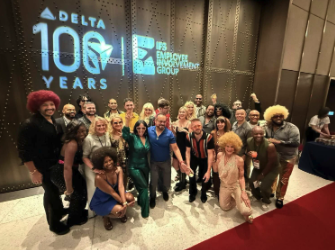Hudson Chase
I have participated in quite a few formal interviews, some that worked well and others that did not. The best ones were structured and focused on the actual job. The interviewer had a clear plan, asked every participant the same set of questions, and took notes to compare answers. This kind of interview felt fair and helped show who could actually perform the work and revealed how much experience I truly have. Others felt like a conversation with loose questions on printer paper that interviewer lean on whenever they choose.Structured interviews increase reliability, meaning consistent results, and validity, meaning the interview measures what matters for the job. When interviews are based on the job description and have clear scoring benchmarks, they produce better hiring decisions that are worth the time and cost.
On the other hand, I have also been in interviews that felt disorganized or overly casual. In one case, the interviewer mostly talked about themselves and asked only a few random questions. These unstructured interviews often rely too much on first impressions or gut feelings, which reduces fairness and accuracy. Rebecca Knight highlights in 7 Practical Ways to Reduce Bias in Your Hiring Process that standardizing interviews and using scoring guides can reduce bias and improve objectivity.
If I could advise those employers, I would tell them to standardize their process by asking the same behavioral or situational questions to each applicant and rating responses using a consistent scale. They should train interviewers to recognize bias, take structured notes, and score answers immediately after the interview. Adding short work sample tests could also make the process more valid since it shows how candidates would actually perform. As Knight explains, work sample tests and structured formats are stronger predictors of future job success and help make hiring both fairer and more accurate.
Overall, the key to an effective interview is preparation, structure, and awareness. When interviews are built around job related competencies and evaluated with clear criteria, they help select the best candidate while promoting fairness and diversity in the workplace.
Resources:
Knight, R. (2018) 7 Practical Ways to Reduce Bias in Your Hiring Processes, Society for Human Resources Management.
Chamorro-Premuzic, T., & Steinmetz, C. (2013). The Perfect Hire. Scientific American Mind, 24 (3), 42-47
